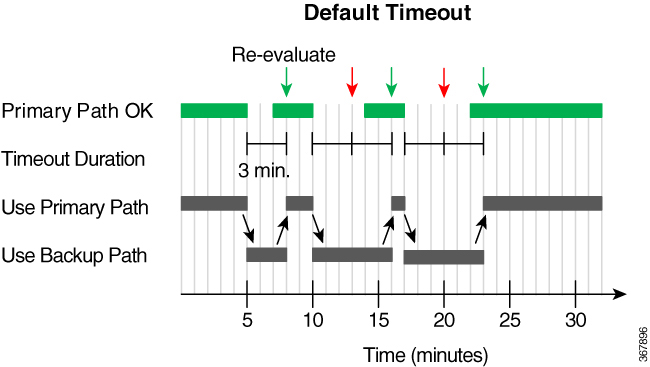Feature Information for PfRv3 Fallback Timer
The following table provides release information about the feature or features described in this module. This table lists only the software release that introduced support for a given feature in a given software release train. Unless noted otherwise, subsequent releases of that software release train also support that feature.
Use Cisco Feature Navigator to find information about platform support and Cisco software image support. To access Cisco Feature Navigator, go to www.cisco.com/go/cfn. An account on Cisco.com is not required.|
Feature Name |
Releases |
Feature Information |
|---|---|---|
|
PfRv3 Fallback Timer |
Cisco IOS XE Gibraltar 16.10.1 |
The PfRv3 Fallback Timer sets the re-evaluation interval for re-evaluating the primary path after a traffic class has been changed to a backup path. The following commands were modified or added by this feature: fallback-time, show domain vrf master. |



 Feedback
Feedback